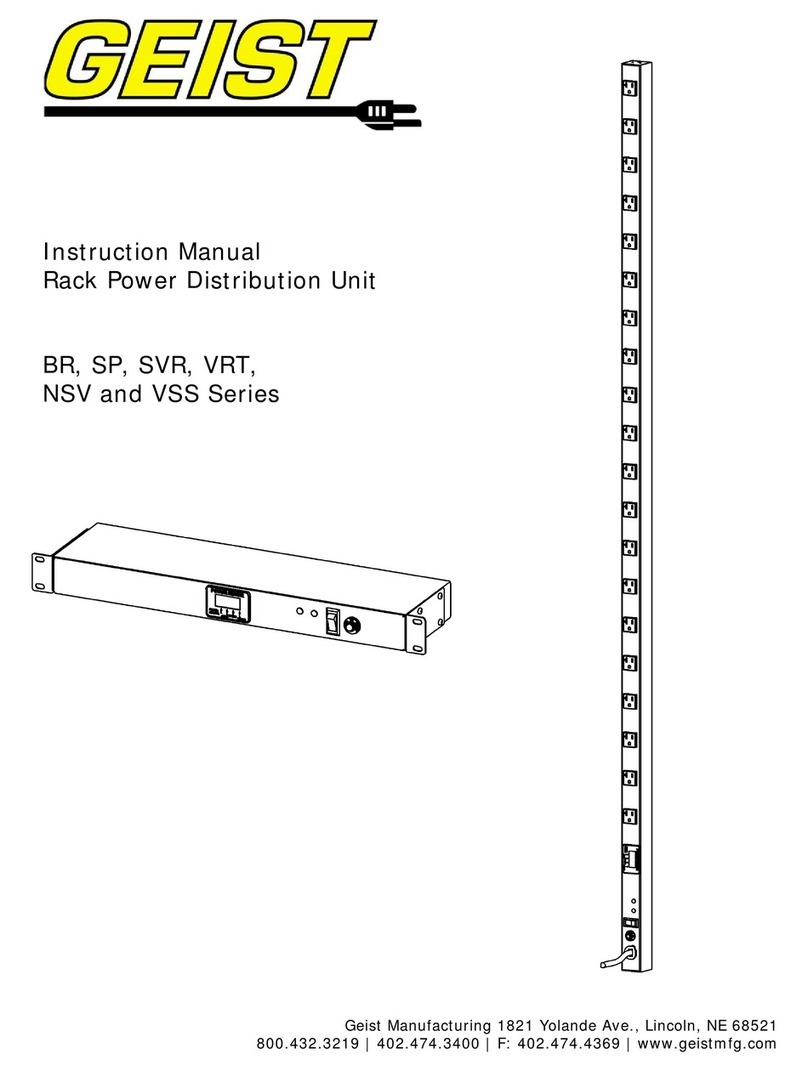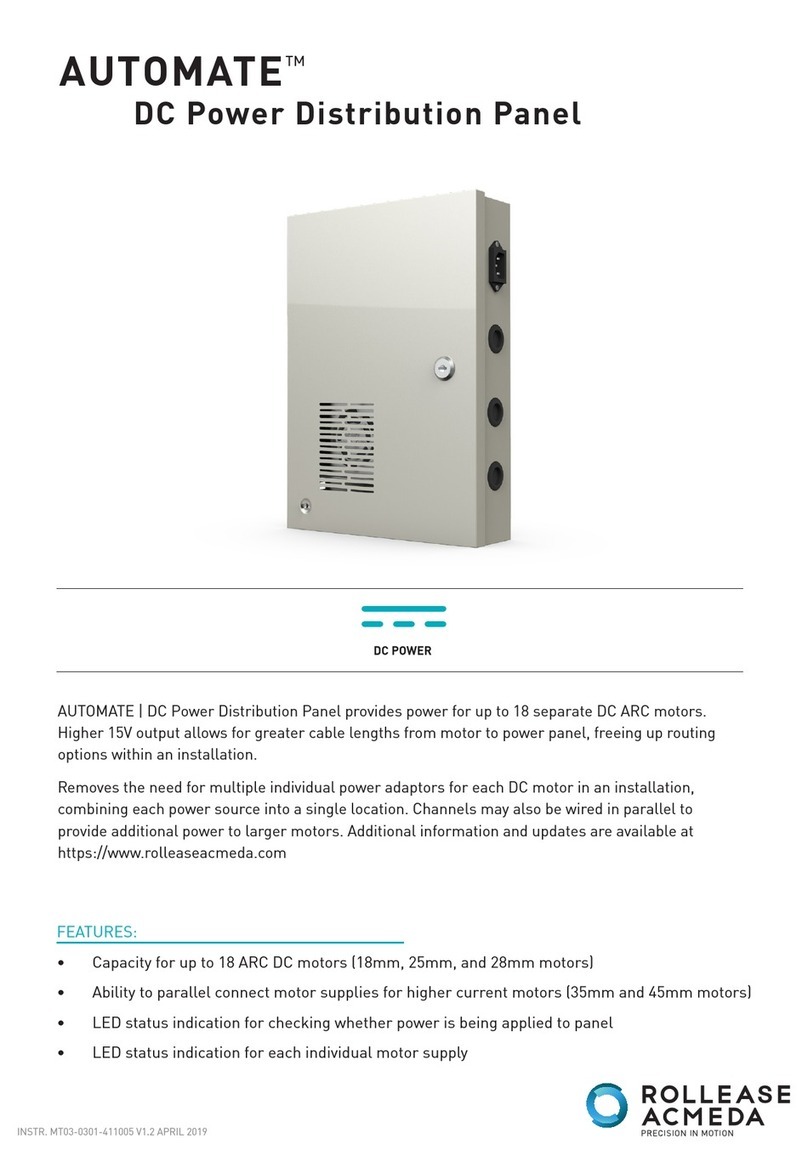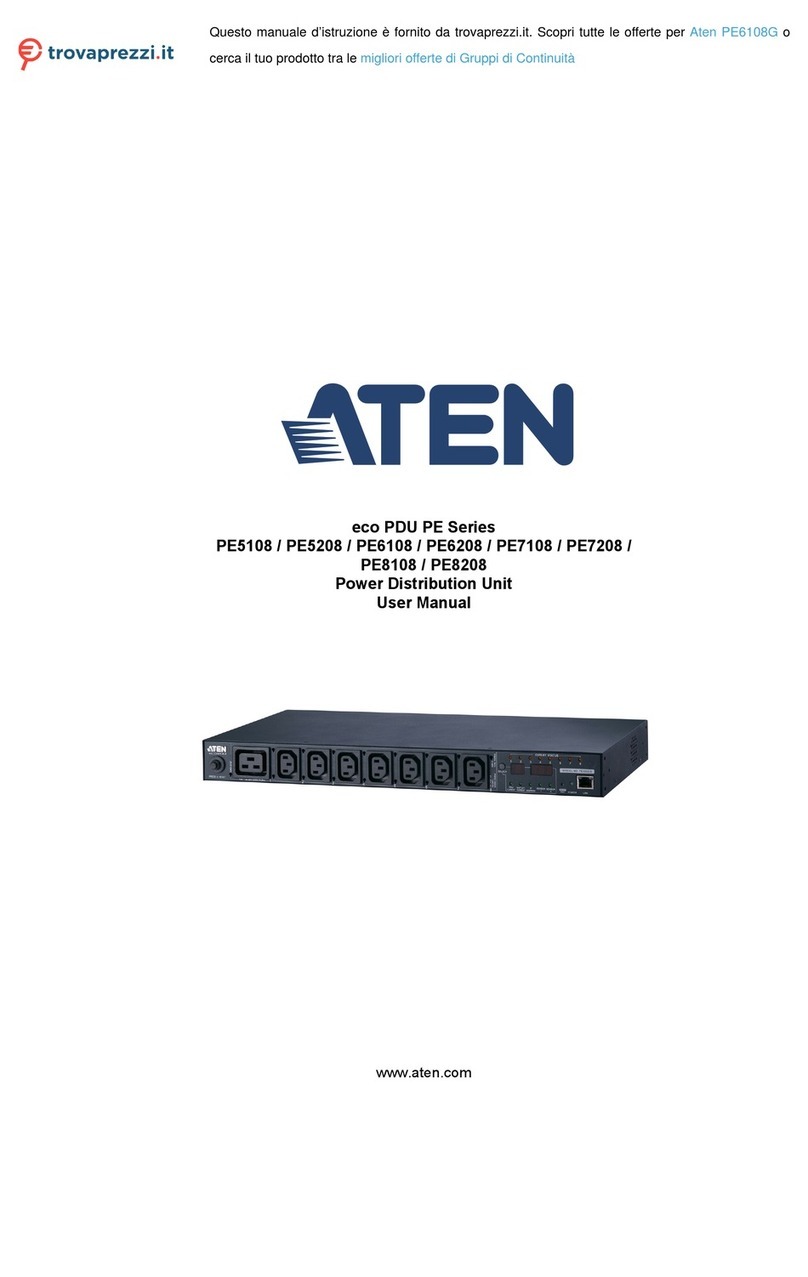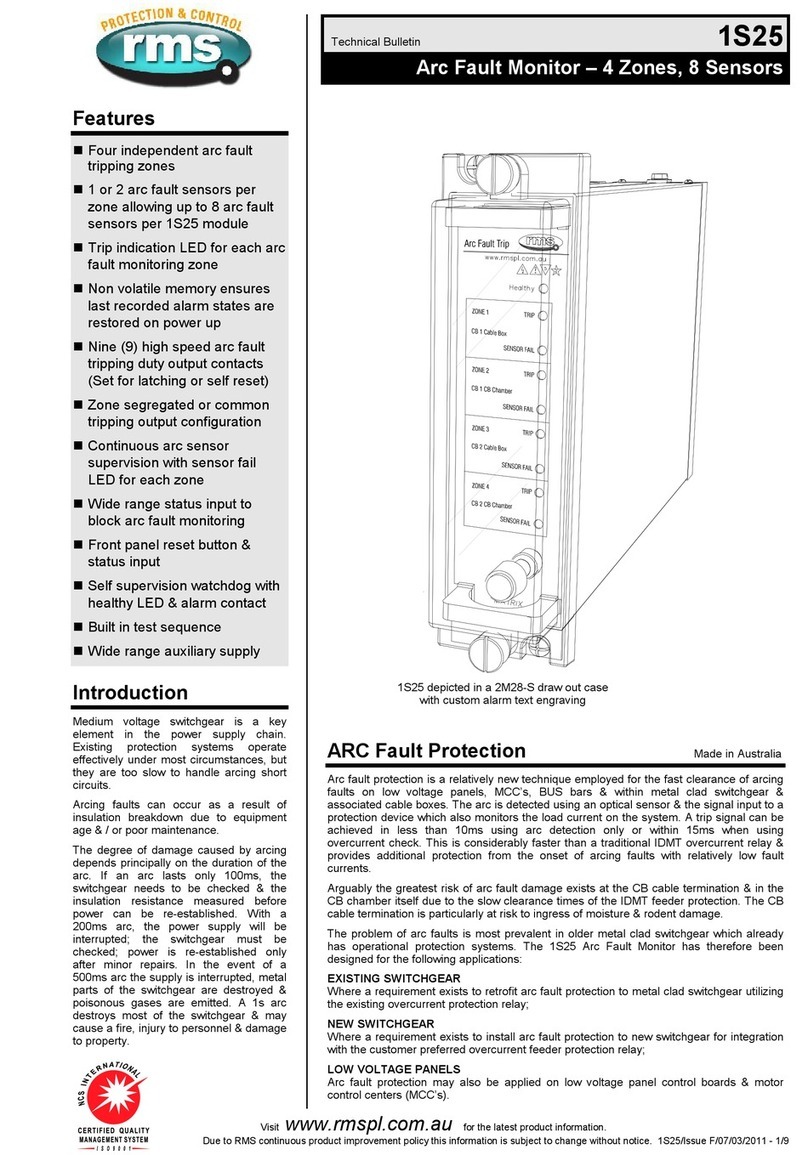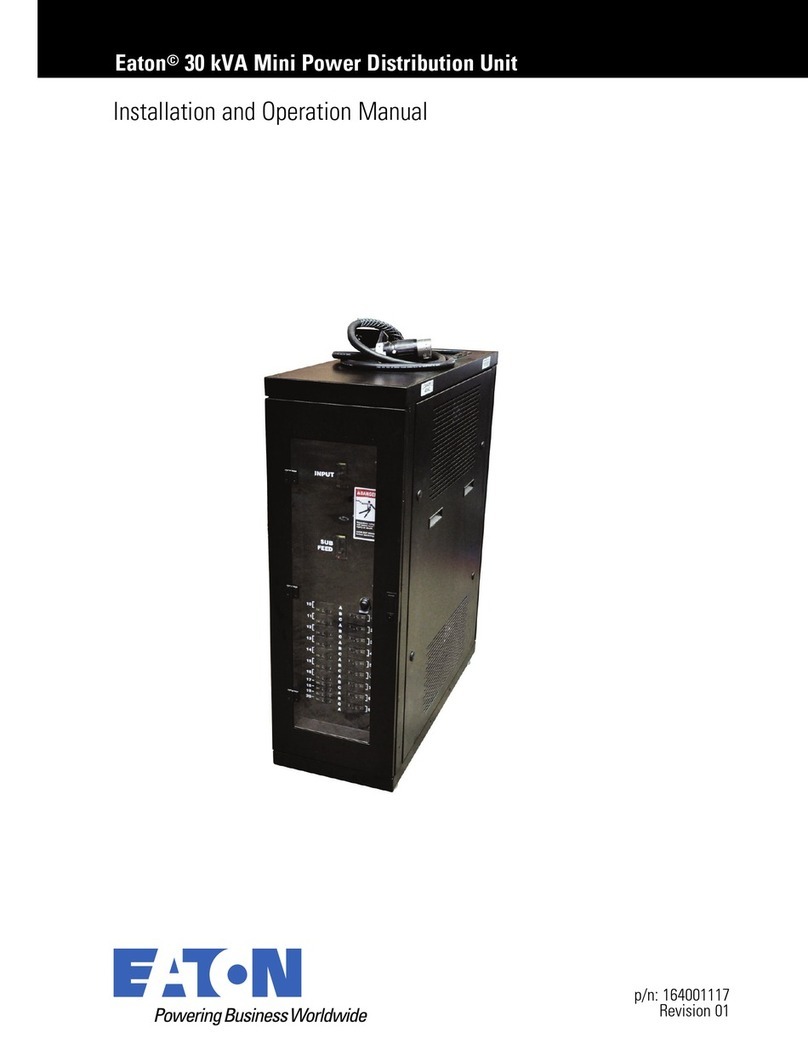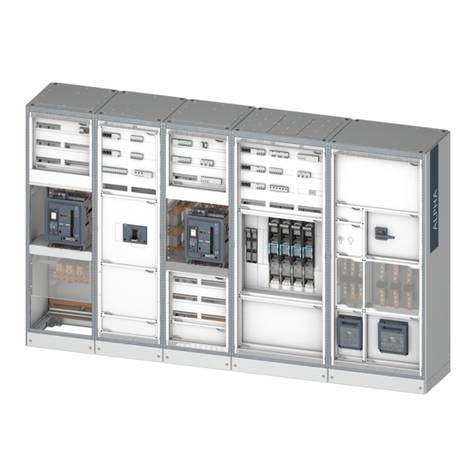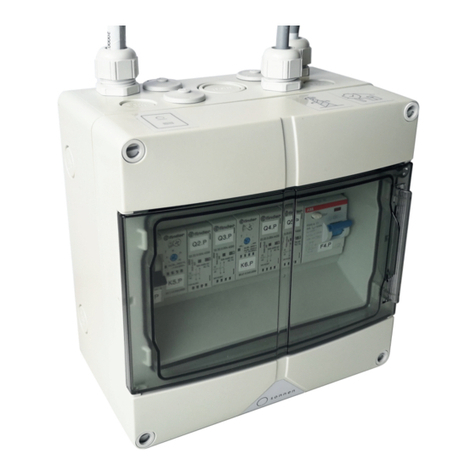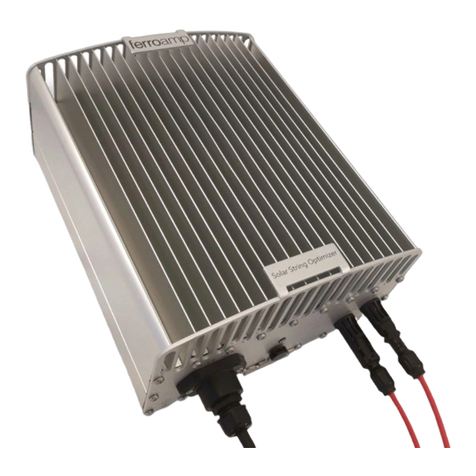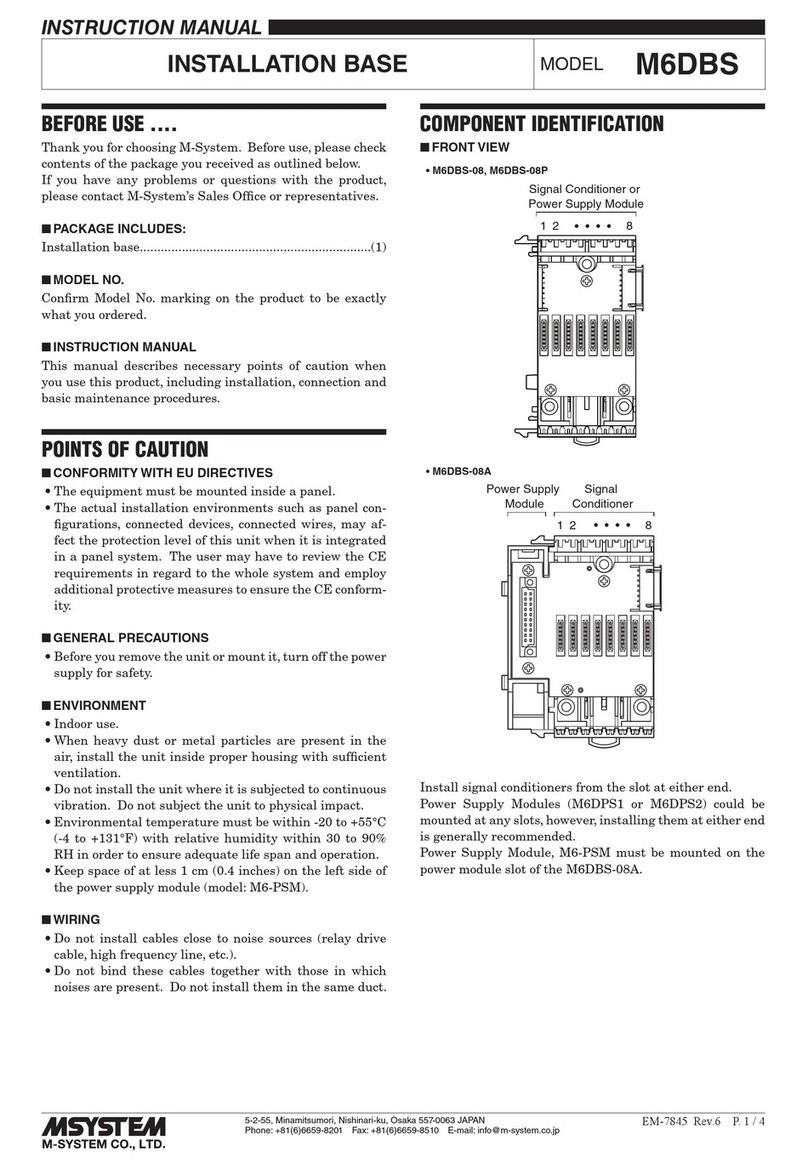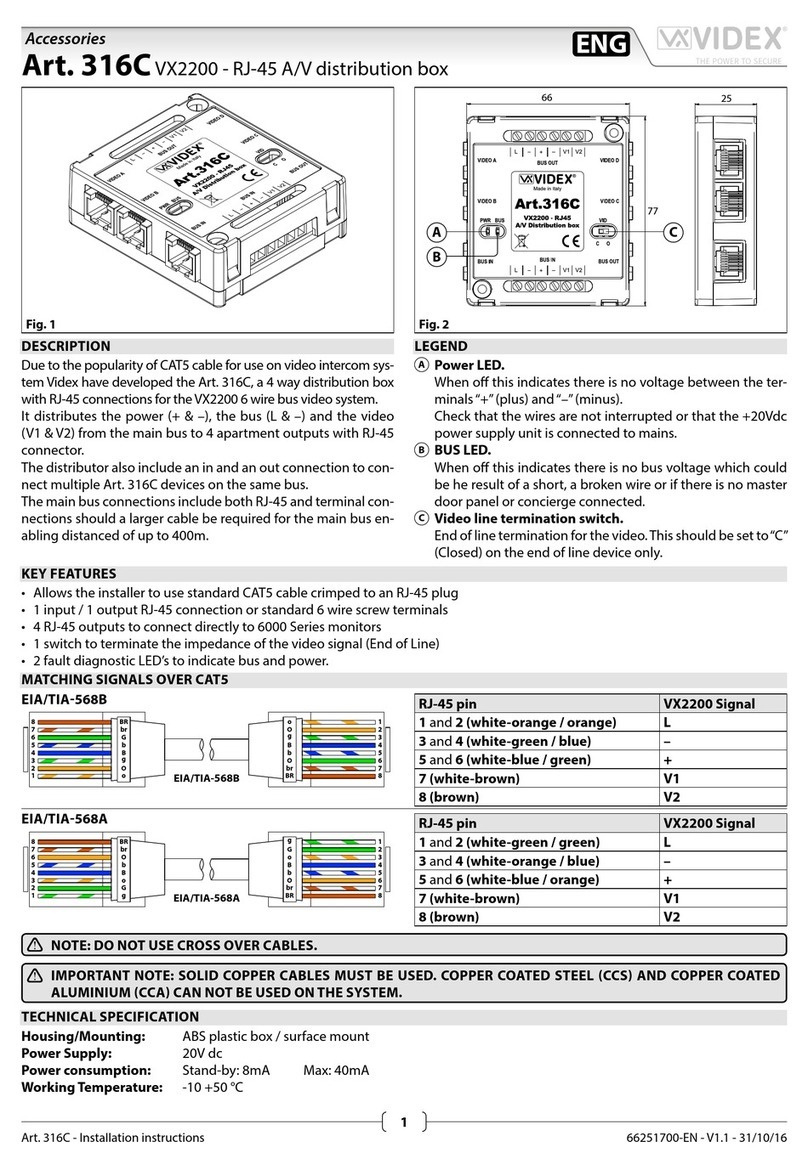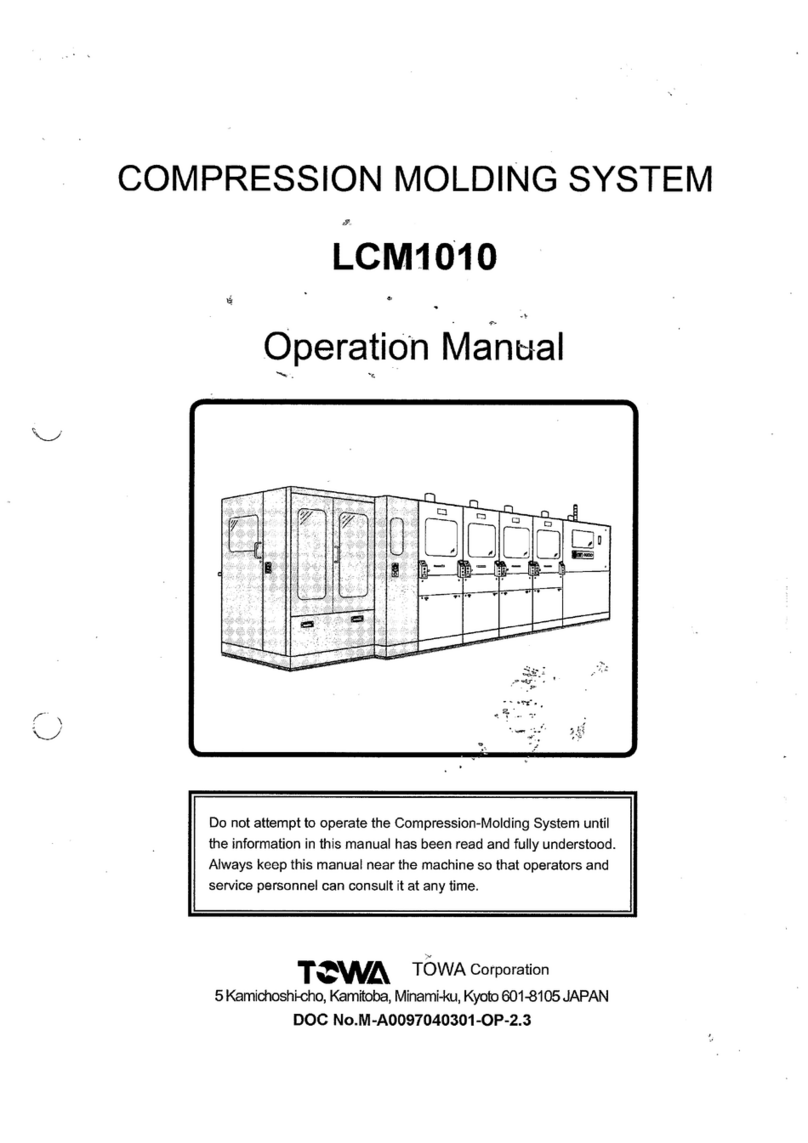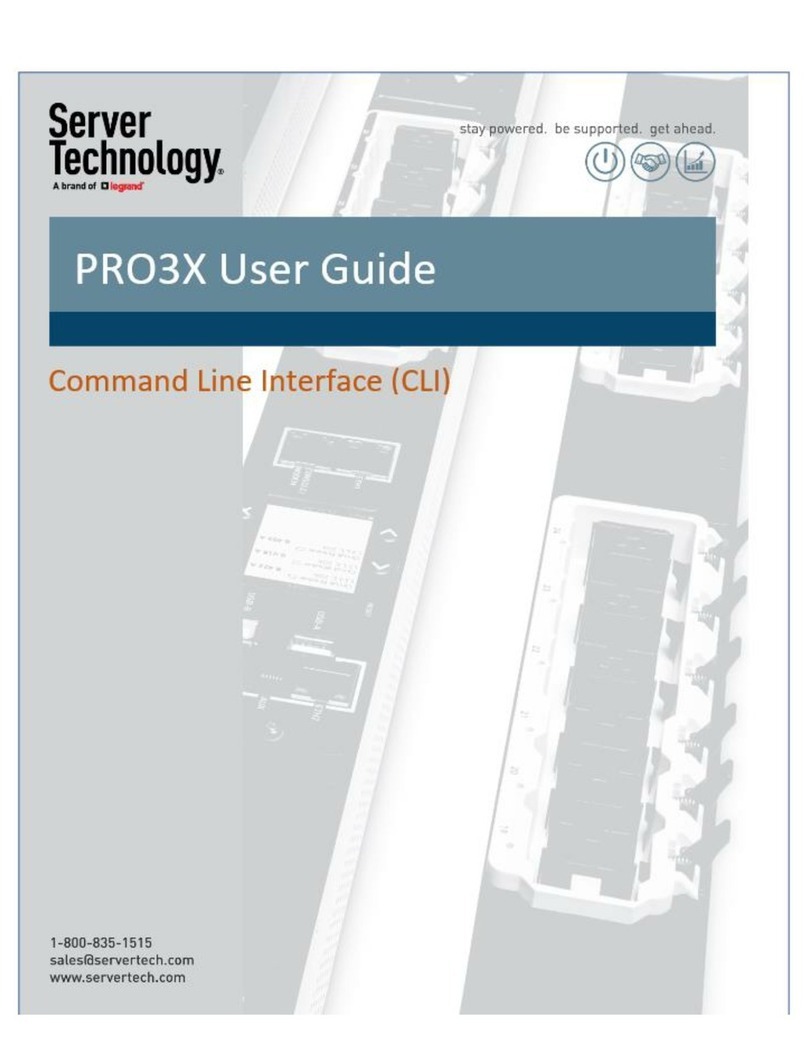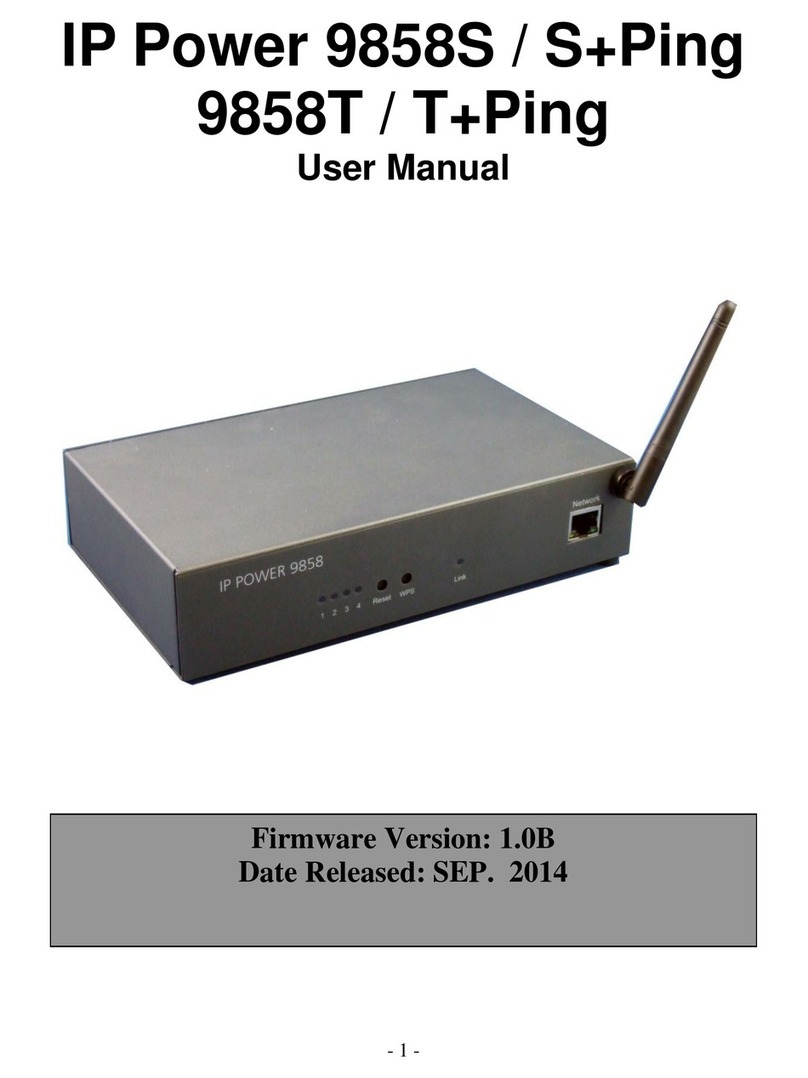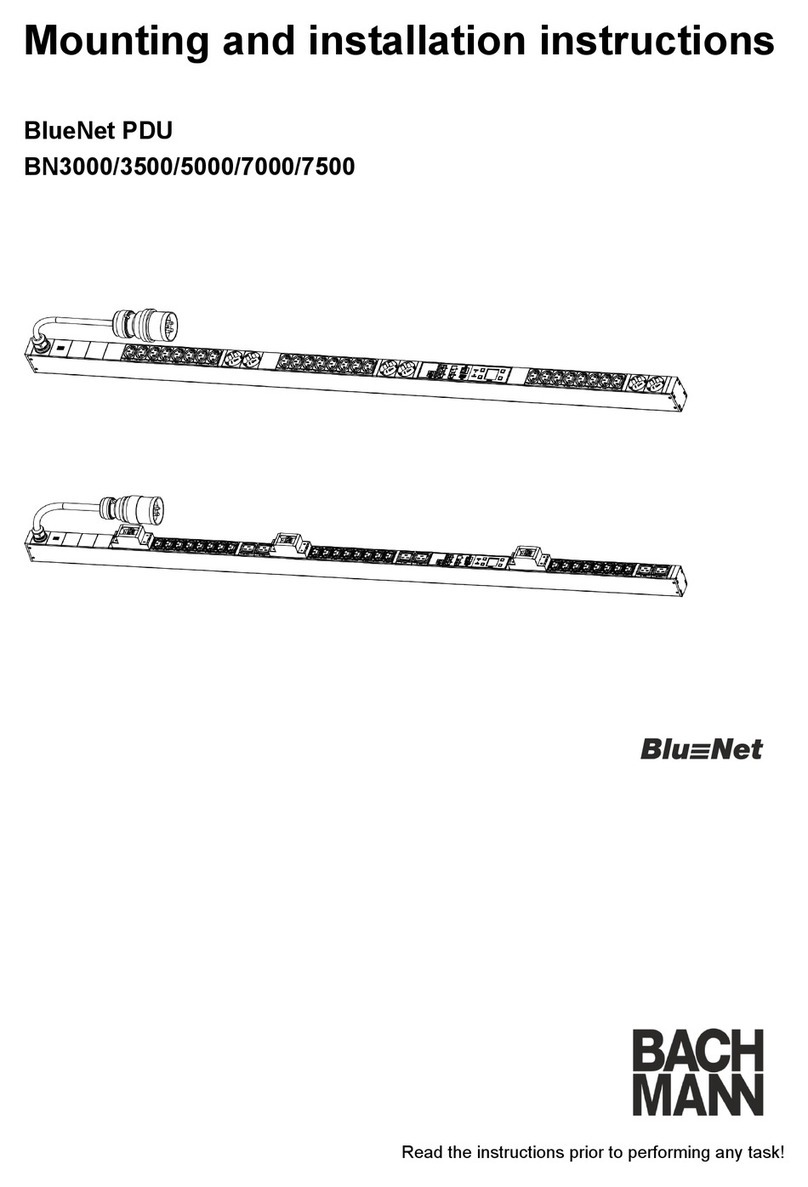Geist ZP Series User manual

Geist Manufacturing 1821 Yolande Ave., Lincoln, NE 68521
800.432.3219 | 402.474.3400 | F: 402.474.4369 | www.geistmfg.com
Instruction Manual
Rack Power Distribution Unit
ZP Series

Contents
Specifications....................................................................................................................3
Overview 3
Environmental 3
Electrical 3
Receptacle Ratings 3
Networking (For Current Monitoring (EM) Meter Units Only) 3
Data Formats (For Current Monitoring (EM) Meter Units Only) 4
EMC Verification 4
Installation .......................................................................................................................5
Instructions 5
Guidelines 5
Mounting...........................................................................................................................6
Optional Local Monitoring ...............................................................................................13
Power Meter 13
Current Meter 13
Three Circuit Current Meter 14
Optional Remote Monitoring............................................................................................15
Current Monitoring Meter Overview 15
Current Monitoring Meter Instructions 15
Satellite Current Monitoring Meter Overview 21
Service/Tech Support .....................................................................................................24
Service and Maintenance 24
More Technical Support 24
Table of Figures ..............................................................................................................25
Revision History..............................................................................................................26
GM1099.doc 2 Revision Date 5/20/2010

GM1099.doc 3 Revision Date: 1/25/2011
Specifications
Overview
The ZP Series products are Power Distribution Units (PDU) intended for connection to a 50-120
Amp AC Mains circuit. The PDUs are designed to be powered by either a single phase or a
three phase AC input circuit. Three phase units are configured for a delta input connection. ZP
Series PDUs can optionally be configured with a Geist Current Meter that provides local
monitoring and display of each output circuit current. Alternatively, ZP Series PDUs can be
configured with a Geist Current Monitoring (EM) Meter that provides both local and remote
monitoring of input and output line current.
Environmental
Temperature
Operating: 10°C (50°F) min 45°C (113°F) max
Storage: -25°C (-13°F) min 65°C (149°F) max
Humidity
Operating: 5% min 95% max (non-condensing)
Storage: 5% min 95% max (non-condensing)
Elevation
Operating: 0 m (0 ft) min 2000 m (6561 ft) max
Storage: 0 m (0 ft) min 15240 m (50000 ft) max
Electrical
See nameplate for unit ratings.
Receptacle Ratings
NEMA 5-15R or L5-15R 125 Volts, 15 Amp
NEMA 5-20R or L5-20R 125 Volts, 20 Amp
NEMA 6-20R or L6-20R 250 Volts, 20 Amp
NEMA L15-20R 250 Volts 3~, 20 Amp
NEMA L15-30R 250 Volts 3~, 30 Amp
IEC-320 C13 125/250 Volt, 15 Amp (per Receptacle Bank)
IEC-320 C19 125/250 Volt, 20 Amp
Networking (For Current Monitoring (EM) Meter Units Only)
Protocols
HTTP, ICMP, DHCP, TCP/IP, FTP
Ethernet Link Speed
10 Mbit; half-duplex

GM1099.doc 4 Revision Date: 1/25/2011
Data Formats (For Current Monitoring (EM) Meter Units Only)
HTML, SNMP, XML
EMC Verification
This Class A device complies with part 15 of the FCC Rules. Operation is subject to the
following two conditions: (1) This device may not cause harmful interference, and (2) this
device must accept any interference received, including interference that may cause undesired
operation.
This Class A digital apparatus complies with Canadian ICES-003.
Cet appareil numérique de la classe A est conforme à la norme NMB-003 du Canada.
Warning: Changes or modifications to this unit not expressly approved by the party responsible
for compliance could void the user’s authority to operate this equipment.
FCC and Canadian ICES-003 requirements for units with Current Monitoring (EM) Meter: The
ferrite core shipped with the unit must be placed around the Ethernet cable close to the PDU.

GM1099.doc 5 Revision Date: 1/25/2011
Installation
Instructions
1. Using appropriate hardware, mount PDU to rack (see Mounting section for additional
instructions.
2. Connect PDU into de-energized appropriately rated branch circuit with plug or hardwired
connection depending on PDU design1.
3. Connect devices into PDU’s output receptacles. It is recommended that the devices are
turned off until all devices are connected to PDU
4. Turn on branch circuit to energize PDU.
5. Power on devices. Sequential power up is recommended to avoid high inrush current.
Guidelines
•If the PDU is installed in a cabinet the ambient temperature of the rack should be no greater
than 45°C.
•Install the PDU such that the amount of airflow required for safe operation of equipment is
not compromised.
•Mount the PDU so that a hazardous condition is not achieved due to uneven mechanical
loading.
•Follow nameplate ratings when connecting equipment to the branch circuit. Take into
consideration the effect that overloading of the circuits might have on over-current
protection and supply wiring.
•The PDU relies on the building installation for protection from over-current conditions. A
certified overcurrent protection device is required in the building installation. The
overcurrent protection device should be sized according to the PDU’s nameplate ratings and
local/national electrical codes.
•Reliable earthing of rack-mount equipment should be maintained. Particular attention
should be given to supply connections other than direct connections to the branch circuit.
The PDU must be connected to an earthed socket-outlet.
•The PDU is intended for Restricted Access Locations only and only qualified service
personnel should install and access the PDU.
•For pluggable equipment, install the PDU so that the input plug or appliance coupler may be
disconnected for service.
•Sequential power-up of devices powered by the PDU is recommended to avoid high inrush
current.
•Caution: Disconnect all power cords before servicing.
•The PDU is intended for use with TN, TT, or IT power supply systems
1Branch Circuit overcurrent protection should be sized based on the PDU’s nameplate electrical
rating. For cord connected North American units the branch circuit overcurrent protection should
be rated 125% of the nameplate current rating. For cord connected Global units and all
permanently connected units the branch circuit overcurrent protection should be rated for 100% of
the nameplate current rating.

Mounting
Full Length Bracket
Using the full length bracket, mount PDU to rack as shown
Mini "L" Brackets (SLB-4)
Using the mini “L” brackets, attach PDU to rack as shown
GM1099.doc 6 Revision Date: 1/25/2011

Vertical Extension Brackets (VCB-1)
Using the vertical extension brackets, attach PDU to rack as shown
Toolless Mounting Hardware (11621)
Secure toolless mounting buttons to PDU as shown. Use toolless buttons with key-holed slots built
into cabinet or with optional Geist key-holed brackets.
GM1099.doc 7 Revision Date: 1/25/2011

Toolless Full Length Bracket (TLFL)
Using full length toolless bracket and toolless mounting buttons, attach PDU to rack as shown
Single Side Mount 2 Unit Brackets (TSMX2)
Using single side mount 2 unit brackets and toolless mounting buttons, attach PDU to rack as
shown
GM1099.doc 8 Revision Date: 1/25/2011

Offset/Side Mount Brackets (EZB-1)
Using the offset/side mount brackets, attach PDU to rack as shown.
7" Extension Brackets (XB-7)
Using the 7” extension brackets, attach PDU to rack as shown
GM1099.doc 9 Revision Date: 1/25/2011

Flush Mount Brackets (FM)
Using flush mount brackets, attach PDU to rack as shown
Adjustable Mount Brackets (AM)
Using adjustable mount brackets, attach PDU to rack as shown
GM1099.doc 10 Revision Date: 1/25/2011

Panel Mount Brackets (PM)
Using panel mount brackets, attach PDU to rack as shown
23" Conversion Mounting Brackets (23-RM)
Using conversion mounting brackets, attach 19” PDU to 23” rack as shown
GM1099.doc 11 Revision Date: 1/25/2011

Cable Mount Bracket (CMB-1)
Attach cable mount bracket to PDU as shown; use tie-wraps to secure cords to bracket
19" Horizontal/Panel Mount Brackets (7938)
Using the 19” horizontal/panel mount brackets, attach PDU to rack as shown
GM1099.doc 12 Revision Date: 1/25/2011

Optional Local Monitoring
Power Meter
The Geist PM-1 power meter is a low-power, high accuracy meter capable of measuring true
RMS Current, Voltage, Power, and Power Factor. These values are individually shown on an
easy to read, 4-digit LED Display, which continuously scrolls through the four different
measured values. Each one of these displayed parameters is defined below. The Power Meter
will automatically begin cycling through the displayed values when the PDU is connected to AC
Mains power.
•Current: PDU output current draw measured in true RMS Amps
•Voltage: PDU output voltage measured in true RMS Voltage
•Power: PDU output power measured in Watts – referred to as real or active power
•Power Factor: Ration of real PDU output power to apparent PDU output power2
Power Meter Display
Current Meter
The Geist CM-1 current meter is a low-power, high accuracy meter capable of measuring true
RMS Current. The value of current is continuously shown on an easy to read, 4-digit LED
Display. The Current Meter will automatically begin to display value of output current when the
PDU is connected to AC Mains power.
Current Meter Display
GM1099.doc 13 Revision Date: 1/25/2011
2Real power is the power in a circuit that is transformed from electric to non-electric energy, while
apparent power is the total power supplied to the circuit.

Three Circuit Current Meter
The Geist CM-3 current meter is a low-power, high accuracy meter capable of measuring true
RMS Current. The value of current per output circuit is shown on an easy to read, 4-digit LED
Display. The display continuously scrolls through the three different measured values of output
circuit current. The Current Meter will automatically begin to display value of output current
when the PDU is connected to AC Mains power.
The CM-3 meter displays the circuit name followed by the circuit reading. All three circuits are
displayed and the cycle is continuously repeated as illustrated in the figure below.
Three Circuit Current Meter Display Sequence
GM1099.doc 14 Revision Date: 1/25/2011

Optional Remote Monitoring
Current Monitoring Meter Overview
The Geist Current Monitoring Meter is a high accuracy meter capable of measuring true RMS
current. The value of line current per input phase and output circuit current is shown on an
easy to read, 4-digit LED Display.3The display continuously scrolls through the different
measured values. The Current Monitoring Meter also provides access to measurement data and
control values through a web page, SNMP, or XML. The Current Monitoring Meter Instructions
section of this document will give more detailed information on the operation and functionality
of the Current Monitoring Meter.
Current Monitoring Meter
Current Monitoring Meter Instructions
Setting an IP Address
The PDU comes preset with an IP address for initial setup and access to the unit. The
‘Configuration page’ contains the network properties. Access to the unit requires the IP address
to be known, the IP address may be manually reset should the user-configured address be
forgotten. The default address is:
IP Address: 192.168.123.123
Subnet Mask: 255.255.255.0
Gateway: 192.168.123.1
First time setup:
1. Connect PDU to your computer using a crossover cable or a hub.
2. On your computer, go to “Start > Settings > Control Panel > Network and Dial Up
Connections.”
3. Right Click on “Local Area Connection” and select “Properties.”
4. Select the option to “Use the following IP address” and enter:
IP address: 192.168.123.1
Subnet mask: 255.255.255.0
Default gateway: 192.168.123.14
3Actual configuration of circuits measured by Current Monitoring Meter is PDU model specific.
Please contact Geist Manufacturing’s Customer Service department with questions on measurement
configuration of Current Monitoring Meters.
GM1099.doc 15 Revision Date: 1/25/2011
4In some configurations, leaving the gateway field blank may resolve connectivity issues.

Click “OK” twice.
You can now access the unit using your web browser at the permanent IP address of
192.168.123.123.
Typical Network Card Settings for PC
or Laptop to connect to default IP address
First time setup (MacOS 10.5 and 10.6):
Open System Preferences via the Dock or the Apple menu.
Select “Network” under “Internet & Network.”
Select “Ethernet” from the list on the left side of the window and enter these settings on the
right side of the window:
Configure: Manually
IP Address: 192.168.123.1
Subnet Mask: 255.255.255.0
Router: Leave blank
Hit “Apply” and confirm the changes.
The unit should now be accessible in a web browser via the unit’s permanent IP address:
http://192.168.123.123/.
GM1099.doc 16 Revision Date: 1/25/2011

MacOS X network settings for initial setup
Connecting to the PDU using a web browser
GM1099.doc 17 Revision Date: 1/25/2011

GM1099.doc 18 Revision Date: 1/25/2011
LED Display
Each PDU has a built-in 4-digit LED display mounted midway down the chassis. The display
scrolls through the most recent current measurement (in amps) for each circuit, one at a time.
It displays a circuit name, pauses, and then displays the measurement. Momentarily press the
“Pause Scroll/IP Address Reset” button on the front of the PDU to pause the display on the
current measurement. While paused, the display will cycle back and forth between circuit name
and current reading every three seconds. Momentarily pressing the “Pause Scroll/IP Address
Reset” button again will skip ahead to the next circuit. The display will begin to scroll again
thirty seconds after the last button push.
Notes: During the first cycle after the display has been paused, the display may take
up to six seconds to display a measurement.
Due to the time required to measure current accurately, the same reading
may be shown twice while the display is paused.
For reference: Cr-1 = Circuit 1 Ph-A = Phase A
Cr-2 = Circuit 2 Ph-b = Phase B
Cr-3 = Circuit 3 Ph-C = Phase C
Cr-4 = Circuit 4 nEUt = Neutral
Cr-5 = Circuit 5 Fd-A = Feed A
Cr-6 = Circuit 6 Fd-B = Feed B
Viewing the IP Address/Resetting to Default IP
In the event that the IP address of the PDU is lost, it is possible to view the currently configured
IP address on the unit’s built-in LED display or reset the IP address to the default.
To view the IP address, press and hold the “Pause Scroll/IP Address Reset” button on the front
of the PDU for 20 seconds. The screen will stop displaying scrolling power data in order to
display the currently configured IP address. The display will show the IP address using the
following format:
c-IP
Æ
aaa
Æ
.
Æ
bbb
Æ
.
Æ
ccc
Æ
.
Æ
ddd
The ‘Æ’ indicates a pause and the aaa/bbb/ccc/ddd indicate a portion of the currently
configured IP address. The IP address will be displayed twice before normal scrolling continues.
CAUTION: If the “Pause Scroll/IP Address Reset” button is being held while the
second segment (bbb above) of the IP address is being displayed, the unit’s IP
address will be reset. To prevent this, release the button as soon as “c-IP” shows up
on the display.
To reset the IP address to the backup IP address, press and hold the “Pause Scroll/IP Address
Reset” button on the front of the PDU for 20 seconds, at which point the display will show the
current IP address. Continue to hold the “Pause Scroll/IP Address Reset” button for 10 more
seconds and the display will switch to scrolling d-IPÆ192Æ.Æ168Æ.Æ123Æ.Æ123. The IP
address is then reset to 192.168.123.123. The display will resume its normal function after the
display shows the IP address twice and the “Pause Scroll/IP Address Reset” has been released.
Once the IP address has been reset, the Setting an IP Address instructions should be followed
to access the unit.

GM1099.doc 19 Revision Date: 1/25/2011
Rebooting the Meter
Should an Current Monitoring Meter with firmware version 1.36 or higher installed stop
responding to network traffic, it is possible to restore functionality by rebooting the meter
without removing power from the PDU it is enclosed in.
To reboot the meter, press and hold the “Pause Scroll/IP Address Reset” button on the front on
the PDU for 20 seconds. The screen will stop displaying scrolling power data in order to display
the currently configured IP address. The display will show the IP address using the following
format:
c-IP
Æ
aaa
Æ
.
Æ
bbb
Æ
.
Æ
ccc
Æ
.
Æ
ddd
The ‘Æ’ indicates a pause and the aaa/bbb/ccc/ddd indicate a portion of the currently
configured IP address. As soon as “c-IP” is displayed, release the “Pause Scroll/IP Address
Reset” button. Press and release the “Pause Scroll/IP Address Reset” button twice while the IP
address is being displayed. The screen will read “8.8.8.8.” for a few seconds and then resume
scrolling normally, indicating a successful reboot.
Web Page
The main interface to the PDU is its web page, accessible by typing the unit’s IP address into a
web browser. The web page is the source for the most up to date measurement of each circuit.
All measurements are in Amps.
SNMP/XML
In addition to HTML based web pages, the PDU presents its data via SNMP and an XML page.
To use the PDU with SNMP Client software, download the MIB from the link on the unit’s web
page and import it into the SNMP software. Contact the client software manufacturer for
instructions specific to their software. The PDU’s SNMP community comes preset to ‘public’. To
change this, go to the ‘Configuration’ page, enter a new name in the SNMP Community box and
hit “Save Changes.” In addition SNMP traps can be utilized to monitor a user set threshold for
each circuit, alarm settings and SNMP server settings are located on the ‘Configuration’ page.
The XML page provides terse output that is easily parsed by both humans and computers and is
useful for creating scripts to download and process information off the unit automatically. The
XML page is available at http://<IP address of meter>/data.xml.
Sample uses of XML and SNMP data are provided in the Sample Usage section of this
document.
Firmware Updates/Instructions
The unit firmware is field upgradeable via FTP. Firmware updates and instructions are available
at the following website.
http://www.geistmfg.com/GeistUS/Docs/downloads.htm

Sample Usage
The simplest way to get data from a Current Monitoring Meter into a script is via the XML page.
Simply performing an HTTP GET (as a web browser does) on http://<IP address of
meter>/data.xml will download the XML file. The following examples assume that the meter’s
IP address is 192.168.123.123.
Perl Example:
using LWP::UserAgent;
my $ip = "192.168.123.123";
my $browser = LWP::UserAgent->new;
$browser->timeout(5);
my $xmlFile = $browser->get("http://" . $ip . "/data.xml" )->content;
At this point, $xmlFile will contain the text of data.xml, ready to be parsed however necessary.
Unix/Linux Command Line Example:
wget http://192.168.123.123/data.xml
This command will download data.xml into the current directory. At this point, the file is ready
to be used by any local application or script.
SNMP Example
Getif is a simple, free SNMP viewer for Windows available from:
http://www.wtcs.org/snmp4tpc/getif.htm
1. Drop the EM meter’s MIB file into Getif’s MIBs directory (Typically C:\Program Files\Getif
2.3.1\MIBs) and start Getif.
2. Type in the unit’s IP address into the box labeled “Host Name” and click the Start
button.
Getif Configuration Example
GM1099.doc 20 Revision Date: 1/25/2011
Table of contents
Other Geist Power Distribution Unit manuals



